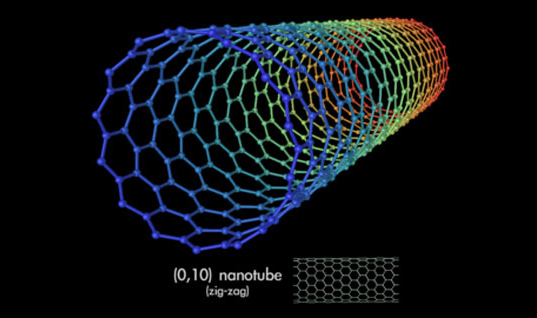Two varying approaches to battery development may hold clues to future directions for energy storage. At the same time, their announcements, promising as they seem, reinforce our cautious attitudes toward how battery performance numbers are presented. PNNL Attacks the Electrolyte Issue According to Green Optimistic, “Researchers from the Pacific Northwest National Laboratory (PNNL) have developed a new formula for battery’s electrolyte solution to enhance its performance unprecedentedly in terms of its service life and storage capacity or an electric vehicle’s range.” The video gives an overview of what it takes to make a battery and hints at the reasons battery research takes so long to give up improved energy storage devices. Unprecedented the development may be, and the promise of a battery with a 7X longer lifespan and two-to-three times longer range than currently-available batteries certainly captures our attention. Its own press release suggests that PNNL researchers are enthusiastic about the longevity of their new chemistry. “When it comes to …
Cleaning Up Methane for Cheap Hydrogen and Products
Natural gas promoters explain that it burns much cleaner than other fossil fuels such as coal or gasoline. What if we can turn it into a zero-pollution fuel, and get a few bonus products from it? One big dream, capturing greenhouse gases and turning them into useful, non-polluting fuels or even materials, still drives researchers to find those answers. We have reported on several approaches to turning atmospheric carbon into carbon fiber recently, but Southern California Gas Co. (SoCalGas) is working on turning its main product, natural gas, into hydrogen, carbon fiber, and carbon nanotubes. SoCal has partnered with the startup C4-MCP with the goal of offsetting the expense of making hydrogen by selling carbon fiber and carbon nanotubes that come incidentally from the production of the hydrogen. Those material sales could lower the cost of hydrogen to $2 per kilogram, competitive with conventional gasoline and Diesel vehicles. Yuri Freedman, SoCalGas’ senior director of market development, explains, “This technology takes …
Battery 500 Consortium – A Budget Program with Potentially Big Payback
The federal government is creating yet another round of incentives to “spark” development of “significantly smaller, lighter and less expensive batteries.” A consortium of researchers led by Pacific Northwest National Laboratory (PNNL) will receive up to $10 million a year over five years to perk up battery performance, with the goal of creating a 500 Watt-hour per kilogram battery pack, about three times that of currently available commercial offerings. The new batteries should be “reliable, safe and less expensive,” according to consortium director and PNNL materials scientist Jun Liu. Research will come from partners nation-wide, including: Brookhaven National Laboratory Idaho National Laboratory SLAC National Accelerator Laboratory Binghamton University (State University of New York) Stanford University University of California, San Diego University of Texas at Austin University of Washington IBM (advisory board member) Even though the goals and the budget seem similar to those explained by Energy Secretary Steven Chu two years ago, his directive included research on alternative materials, such …
Bouncing Light Around Between Electrons and Holes
Bob Elliott of the comedy team Bob and Ray died February 3, reminding your editor of one of the many routines Elliott and Ray Goulding performed on live radio. It involved an inventor who had perfected a solar panel that could run the lights in your house all day, but couldn’t keep them going at night when they were really needed. That was over 50 years ago, and investigators at the Pacific Northwest National Laboratory, Argonne National Laboratory, SuperSTEM, and the University of Oxford have come up with a possible solution to Bob and Ray’s quandary. Combining two oxides, one containing strontium and titanium (SrTiO3) and the other lanthanum and chromium (LaCrO3), they came up with a material that uses the interface between the two oxides to absorb visible light and produce electrons (negative charges) and holes (positive charges), which might be “useful for catalyzing reactions, such as producing hydrogen fuel.” The oxides have to be kept apart, though, because otherwise, “they …



